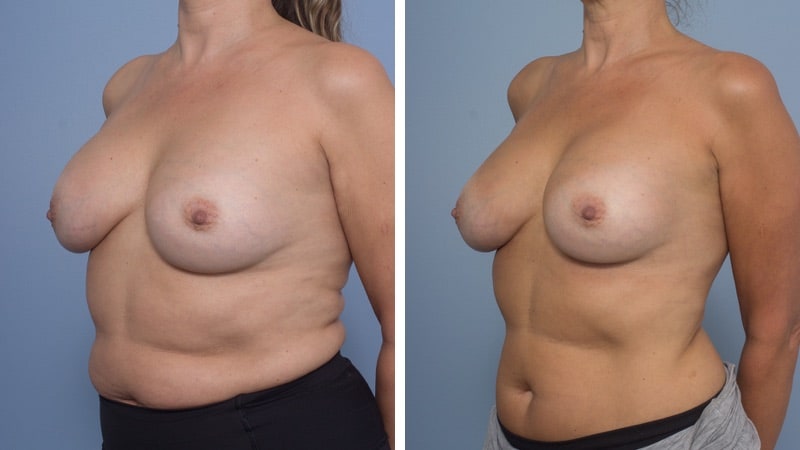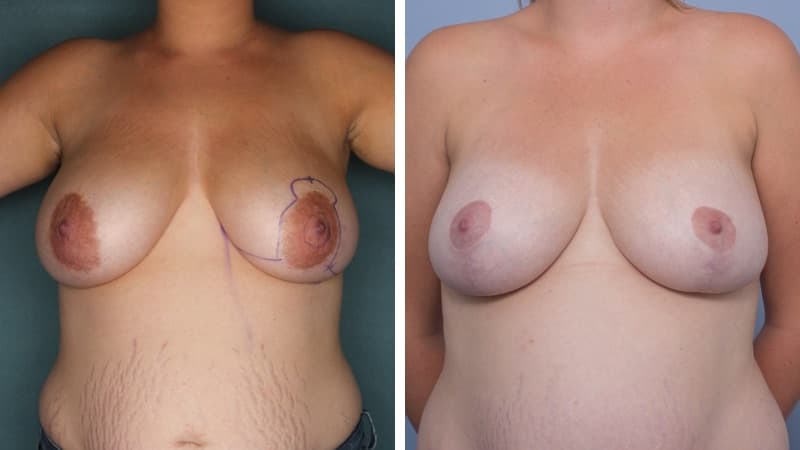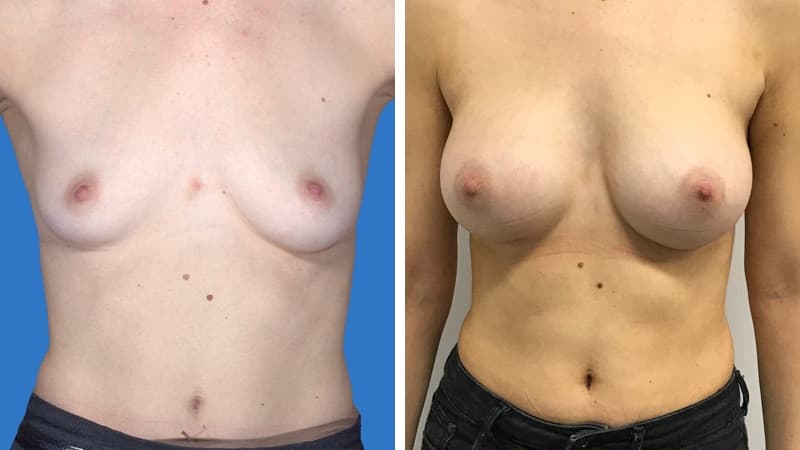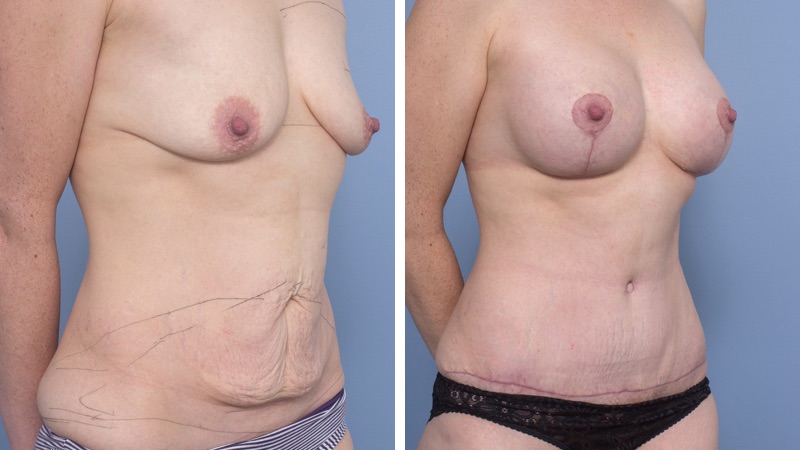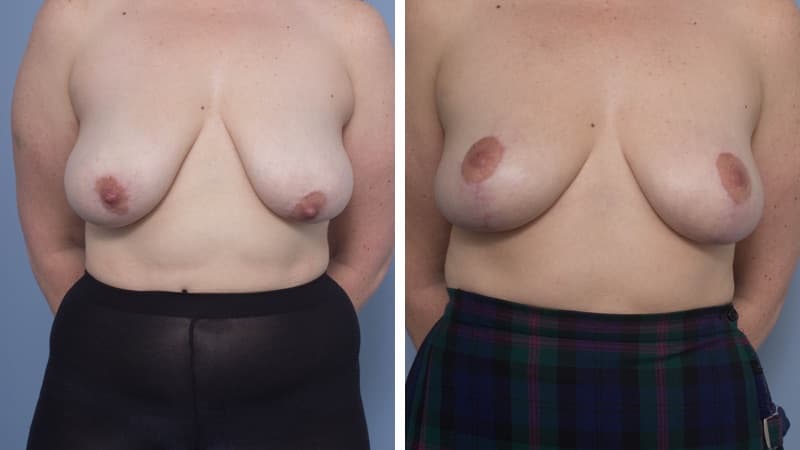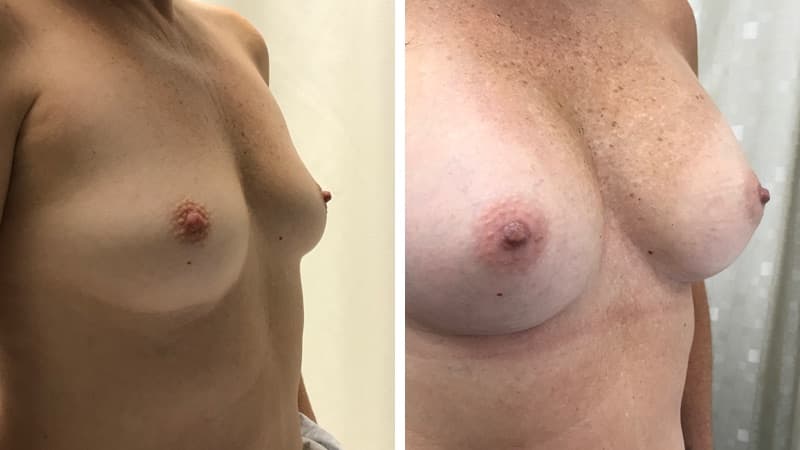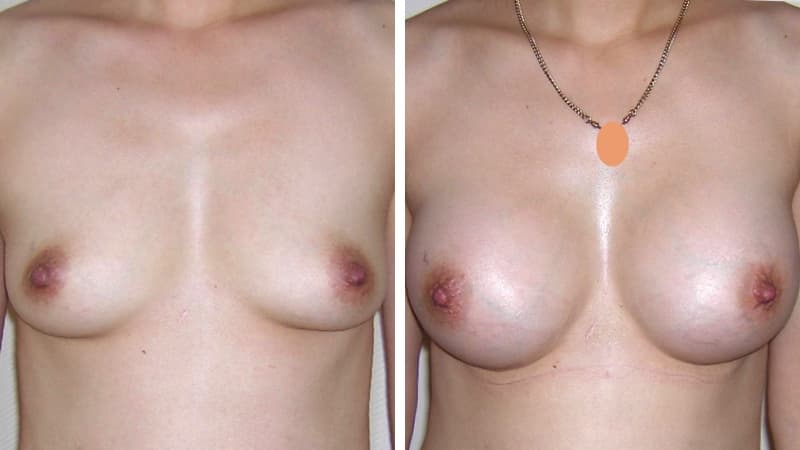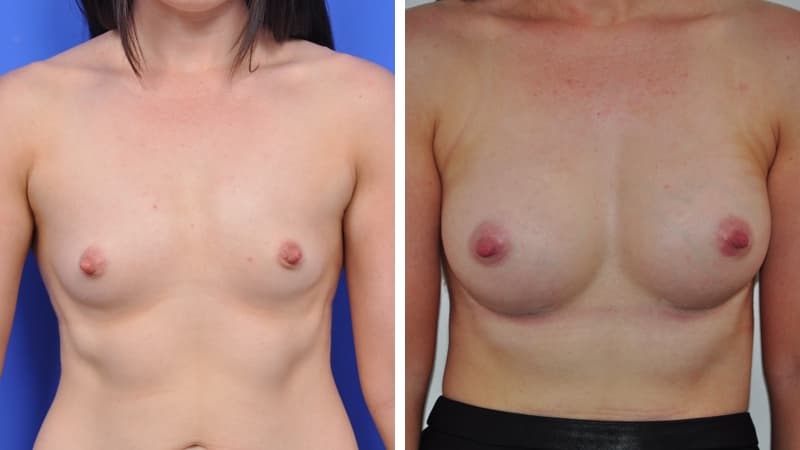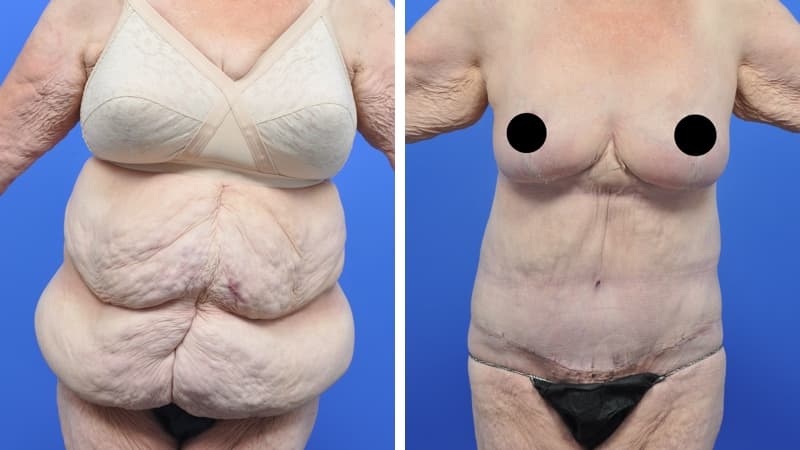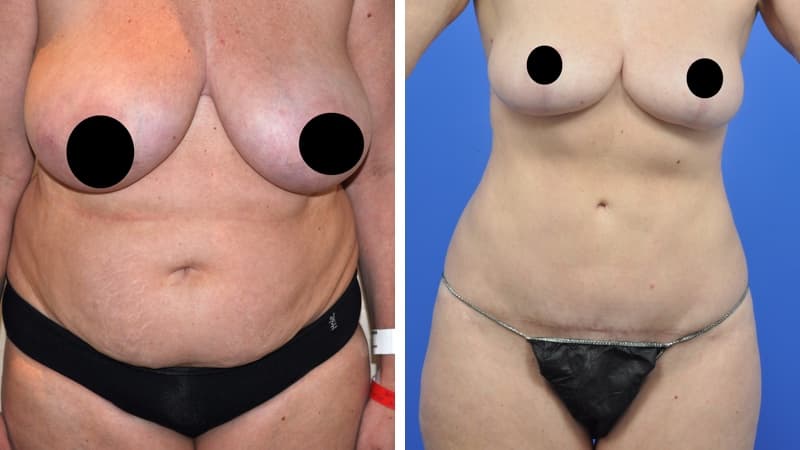The basics
Many women with very large breasts encounter a variety of medical problems, as well as feeling self conscious and negative about their appearance. Large breasts are burdensome, can lead to back and shoulder pain, inability to exercise, poor posture and intertrigo (fungal rash under the breasts).
Breast reduction is the surgical procedure used to remove fat, glandular tissue and skin from the breast. The new breasts are smaller, lighter, and more in proportion to the patient’s overall shape and size. If large, the size of the areola- the skin surrounding the nipple – can be reduced. Repositioning the nipple is usually necessary.
What can I expect to achieve?
Breast reduction surgery has a very high level of patient satisfaction, with most patients being very positive about their improved quality of life and comfort.
The surgery results in permanent scars, which usually follow the natural curved line under the breast, with a vertical scar to the nipple and another around the areola. A lollipop pattern or an anchor pattern is used, depending upon the size and shape of each breast.
It is common to lose some or all nipple sensation is common, and the greater the volume of reduction, the more likely you are to lose nipple sensation.
During our consultation, you will see photos of patients who have had breast reduction surgery. This helps you to understand the procedure.
What happens before surgery?
You should not take any medications containing aspirin for 10 days before surgery. If you smoke, you must stop smoking two weeks before surgery, and abstain for two weeks after surgery.
What happens during surgery?
Throughout your surgery, the team will be focused solely on your care. We will position you safely, keep you warm, and respect your dignity.
When you arrive at the hospital, you’ll be admitted to a pre-op room, where the nursing staff, the anaesthetist and I will meet you in turn. I’ll talk with you and mark you carefully. We’ll go over any questions you have.
Next, you’ll be transferred to the operating room. Your anaesthetist will carefully put you to sleep. You may remember entering the operating room but that is all you will know until you wake up in recovery. Once you are asleep, we will put in an IV and fit you with monitoring equipment so that we can continuously check your vital signs.
I will inject a large volume of dilute local anesthetic fluid into the area of the surgery.
The surgery will be performed extremely carefully. In most breast reduction surgery, I use a combination of liposuction and open tissue removal. It’s all about removing the correct volume, and creating the best possible breast shape.
Typically all the stitches are buried and dissolving. Dressings are applied at the end, and you’ll wake up wearing a tubigrip compression garment. I only use drain tubes very rarely.
In the recovery room, a nurse will be stationed to sit with you. Once you’re fully awake, and with good vital signs and pain control, you’ll be transferred to your room in the ward. Now the recovery process begins.
Initially, we’ll let you rest and sleep. For most breast reduction surgery, one night in hospital is enough.
What happens after surgery?
Medication is given to limit any pain and nausea. An intravenous drip will be in place. There are usually no drain tubes needed.
Breast reduction is usually not particularly painful. You will feel bruised, but this type of pain responds well to oral painkillers. Most patients stay overnight in hospital, but a day stay is possible.
At home you should rest and take medication for pain as directed.
You must avoid heavy lifting and strenuous exercise for up to six weeks, but daily walking is encouraged. A light pressure bra or sports bra will provide support in the first few weeks after surgery.
One to two weeks off work is usually enough, depending on your occupation. You may resume driving once you are comfortable, can react quickly if necessary, and are not taking strong painkillers. This normally takes between five and seven days.
It takes about four months for the breast to settle into its new form, and a year or more for the scars to fade. Some people who genetically heal with poor scars can have visible scars for life.
Most women have only one breast reduction in their life, but if your body shape changes a great deal or you have pregnancies, there can be a need for further surgery – either a further reduction or lift, or even augmentation if there has been major weight loss.
Many women who have had breast reduction still produce some breast milk after pregnancy, so it is worth trying to breastfeed if you wish to.
Possible complications
Complications Possible complications include infection, bleeding, asymmetry, wound breakdown, visible scars, nipple irregularities, loss of nipple sensation, and fat necrosis resulting in hard lumps in the breast. Major complications of breast reduction are uncommon, but minor wound healing delays are seen from time to time. These can be annoying and slow down the healing process, but they do not affect the final result.

